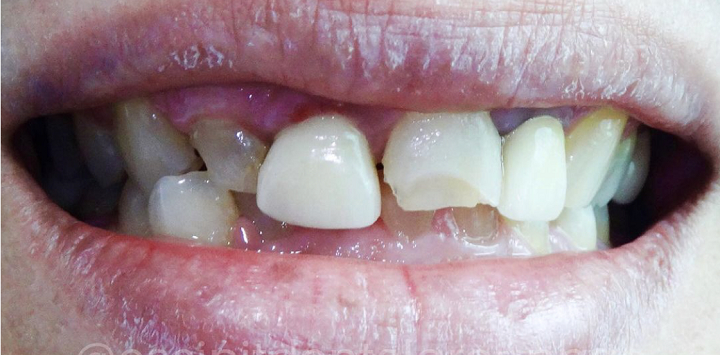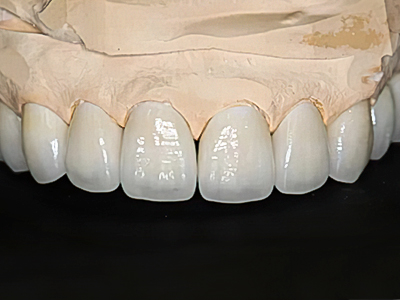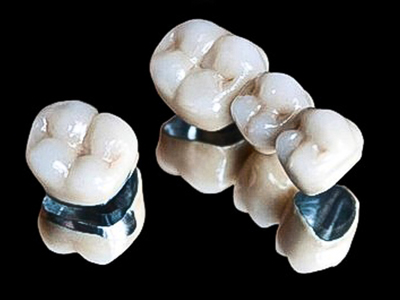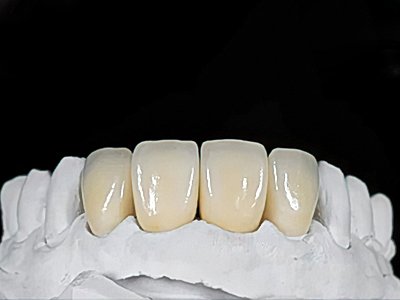can be an effective treatment option for tooth that are badly damaged. The dental crown procedure utilizes tooth-shaped coverings made of metal, zirconia, or porcelain to improve the appearance, restore the strength and eliminate the discomfort.
Treatment time can take 2-3 visits with total of 10 days.


Benefits of Crowns and Caps
- Covers discolored and irregularities in teeth in improving cosmetic appearance
- Protects severely damaged tooth or tooth weakened by decay, fracture, large fillings or root canal therapy from fracturing. Teeth with large fillings tend to “flex more” forcing the tooth apart possibly causing stress fractures
- Holds together cracked or weaken teeth and seal the tooth from decay
- Helps preserve the natural function and position of the teeth
- Restores tooth with large decay, cavities or fillings
- Supports the replacement teeth in a bridge
- Restores and maintains natural bite
- Covers a dental implant
Types of Dental Crown
Dental crowns are made of metal, ceramic, porcelain fused to metal or composite/polymer. The type of crown utilized during your dental crown procedure will depend on your unique needs and goals, as well as the recommendation of your dentist.
Procedure for Crowns and Caps

- Examination
At your first appointment, your dentist will examine the tooth to make sure that it can support a crown. X-rays are taken of the tooth and bone around it. If decay is found or there is an infection to the tooth’s pulp, a root canal treatment may need to be done first. The procedure for installing a dental crown normally takes two – three separate visits, usually it takes 5 days apart. - Teeth Preparation
When the tooth is cleaned and ready, a local anesthetic is used to numb the tooth while the Dentist will file it down to prepare for the crown. Alternatively, if the tooth is severely damaged or broken, the dentist may need to fill it in to make it large enough to properly receive the crown. - Temporary Crown Placement
After the tooth is filed or filled to the proper shape, the Dentist will take an impression of the tooth and the surrounding, then send it to the dental laboratory, so the permanent crown can be made accordingly. By the end of this first visit, your tooth will have a new temporary crown that protects it until the final crown is ready to be permanently placed. - Crown trial and installation
When the permanent crown is ready, you will have your second visit. At this appointment, the dentist will try-in the crown on the tooth. Once the fit, shade and position is perfect the dentist will cement the new crown on the tooth using a permanent resin cement.
Once your dental crown procedure is complete, it may take some getting used to before it feels normal in your mouth; however, after a little time has passed, the bridge should look, function, and feel like a regular tooth.
What You Need To Know About Crowns and Caps
A dental crown is a tooth-shaped “cap” that is placed over a tooth. Crowns are used to cover damaged, cracked, chipped teeth, or to generally restore teeth. When cemented into place, they fully cup over the portion of a tooth which lies at and above the gum line. The Dentists will match the color of your teeth to give you a natural look and feel.
A Dental Crown May Be Needed In The Following Situations:
- To protect a weak tooth (for instance, from decay) from breaking or to hold together parts of a cracked tooth
- To restore an already broken tooth or a tooth that has been severely worn down
- To cover and support a tooth with a large filling when there isn’t a lot of tooth left
- To hold a dental bridge in place
- To cover misshapen or severely discolored teeth
- To cover a dental implant
- To make a cosmetic modification





